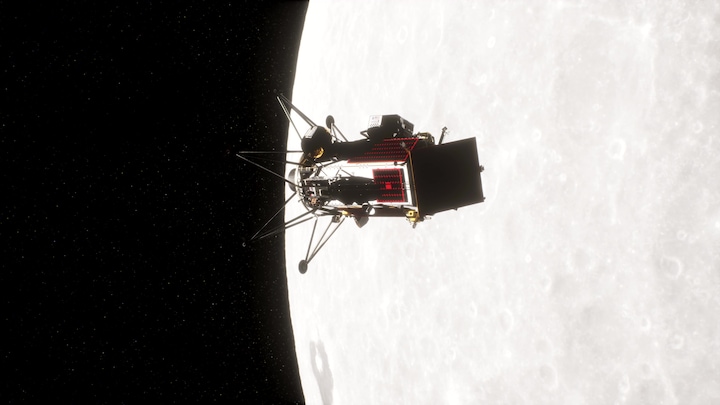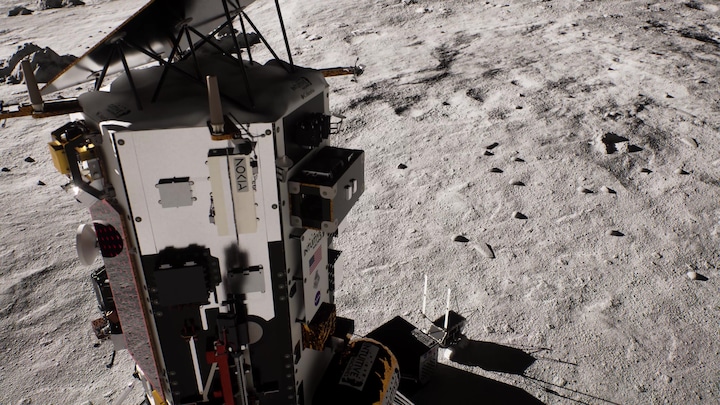An inside look at Nokia’s Moon mission - images
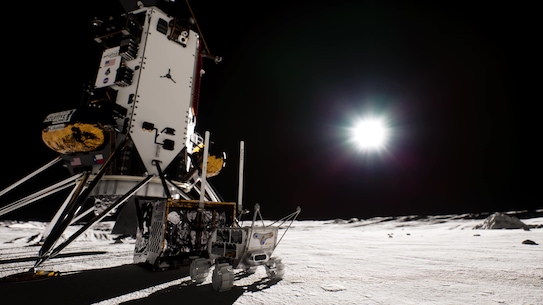
Artist rendering of the Lunar Outpost Mobile Autonomous Prospecting Platform (MAPP) rover with Nokia antennas extended. The images, data and telemetry collected by the MAPP rover will be sent back to Athena the Intuitive Machines Nova-C lander, over the Nokia 4G/LTE network and then relayed to Earth. Mission controllers in Colorado will issue commands to the rover over the same connection. Source: Intuitive Machines and Nokia Bell Labs
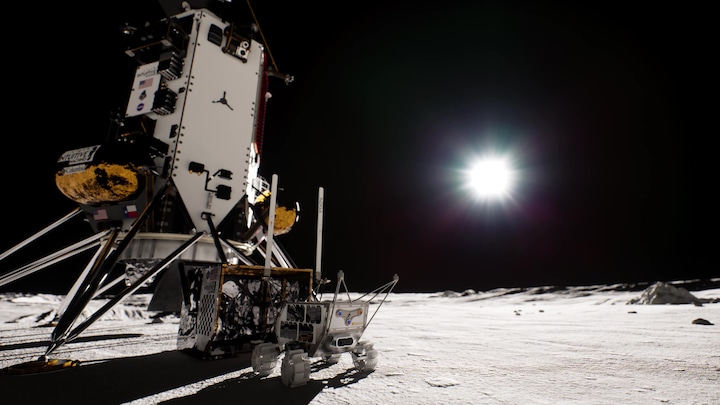
Artist rendering of the Lunar Outpost Mobile Autonomous Prospecting Platform (MAPP) rover with Nokia antennas extended. The images, data and telemetry collected by the MAPP rover will be sent back to Athena the Intuitive Machines Nova-C lander, over the Nokia 4G/LTE network and then relayed to Earth. Mission controllers in Colorado will issue commands to the rover over the same connection. Source: Intuitive Machines and Nokia Bell Labs
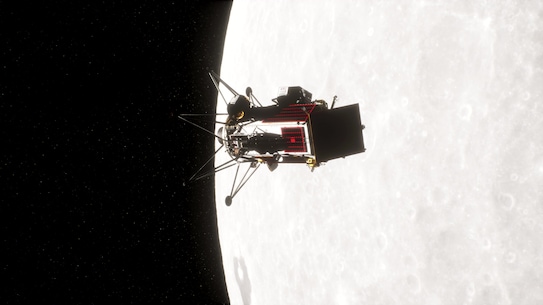
Artist rendering of IM-2 on approach to the lunar surface. Athena, the Intuitive Machines Nova-C lander depicted here, will carry the Nokia 4G/LTE network and the mission vehicles. Source: Intuitive Machines and Nokia Bell Labs
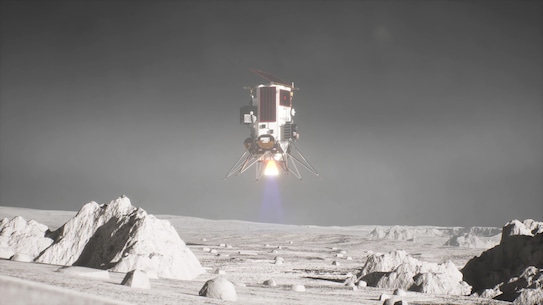
Artist rendering of Athena, the Intuitive Machines Nova-C lander, making its descent to the lunar surface at the Moon’s south pole. Source: Intuitive Machines and Nokia Bell Labs
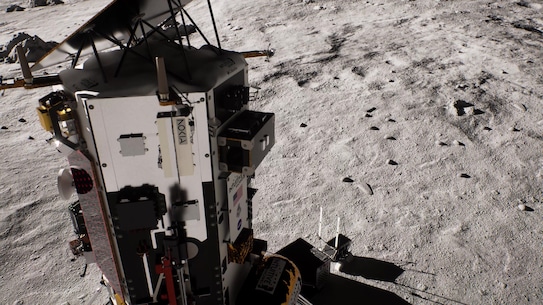
Artist rendering showing a close-up view of Nokia 4G/LTE network integrated into Athena, the Intuitive Machines Nova-C lander. Source: Intuitive Machines and Nokia Bell Labs
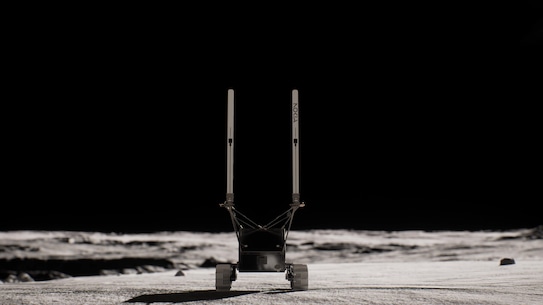
Artist rendering of the Lunar Outpost Mobile Autonomous Prospecting Platform (MAPP) rover exploring and autonomously mapping the lunar surface, collecting stereo imagery and thermal data, and inspecting samples of lunar regolith in a special bin mounted in its wheels. Pictures of those samples, along with imaging, map and telemetry data will be transmitted to Athena, the Intuitive Machines Nova-C lander, via Nokia’s 4G/LTE network and then relayed back to Earth. Source: Intuitive Machines & Nokia Bell Labs.
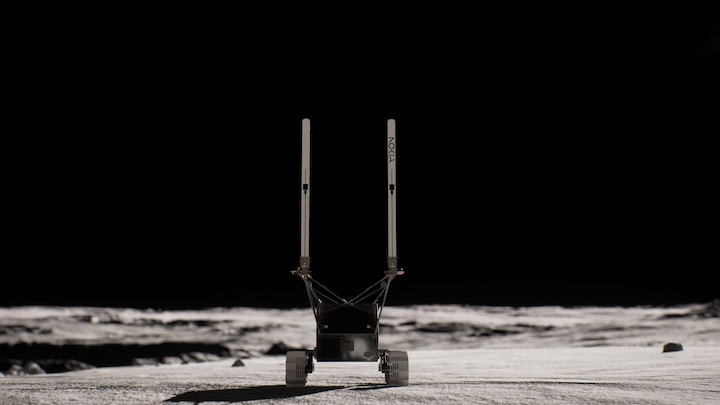
Artist rendering of the Lunar Outpost Mobile Autonomous Prospecting Platform (MAPP) rover exploring and autonomously mapping the lunar surface, collecting stereo imagery and thermal data, and inspecting samples of lunar regolith in a special bin mounted in its wheels. Pictures of those samples, along with imaging, map and telemetry data will be transmitted to Athena, the Intuitive Machines Nova-C lander, via Nokia’s 4G/LTE network and then relayed back to Earth. Source: Intuitive Machines & Nokia Bell Labs.
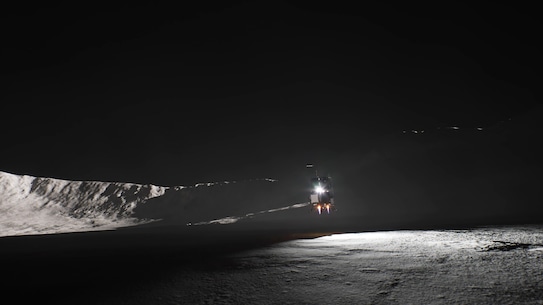
Artist rendering of Grace, the Intuitive Machines Micro Nova Hopper, propelling itself over the surface of the Moon. Maintaining a near-constant connection to the Nokia 4G/LTE network, Grace will descend into a lunar crater to search for evidence of lunar water in areas of permanent shadow. Source: Intuitive Machines
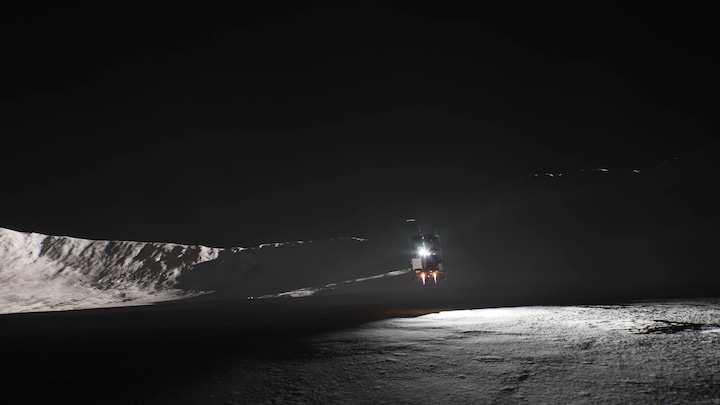
Artist rendering of Grace, the Intuitive Machines Micro Nova Hopper, propelling itself over the surface of the Moon. Maintaining a near-constant connection to the Nokia 4G/LTE network, Grace will descend into a lunar crater to search for evidence of lunar water in areas of permanent shadow. Source: Intuitive Machines
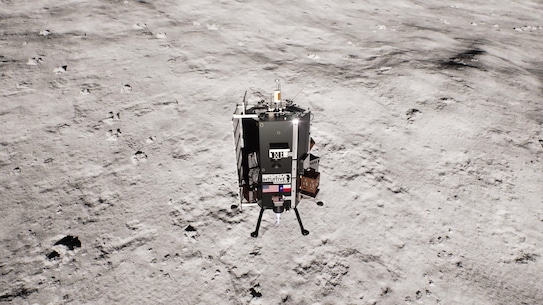
Artist rendering of the Grace, Intuitive Machines Micro Nova hopper, propelling itself over the surface of the Moon. Maintaining a near-constant connection to the Nokia 4G/LTE network, Grace will descend into a lunar crater to search for evidence of lunar water in areas of permanent shadow. Source: Intuitive Machines
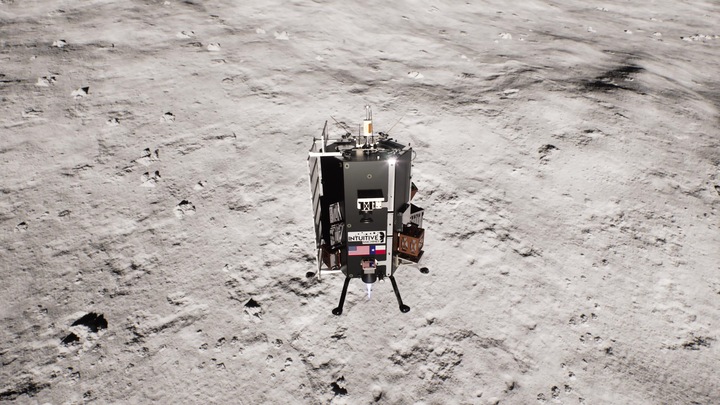
Artist rendering of the Grace, Intuitive Machines Micro Nova hopper, propelling itself over the surface of the Moon. Maintaining a near-constant connection to the Nokia 4G/LTE network, Grace will descend into a lunar crater to search for evidence of lunar water in areas of permanent shadow. Source: Intuitive Machines
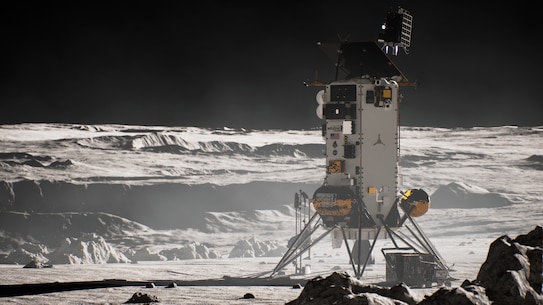
Artist rendering of the IM-2 mission, depicting Athena, the Intuitive Machines Nova-C lander, Grace, the Intuitive Machines Micro Nova Hopper, the Lunar Outpost Mobile Autonomous Prospecting Platform (MAPP) rover, and the integrated Nokia 4G/LTE network that will provide mission connectivity. Source: Intuitive Machines and Nokia Bell Labs
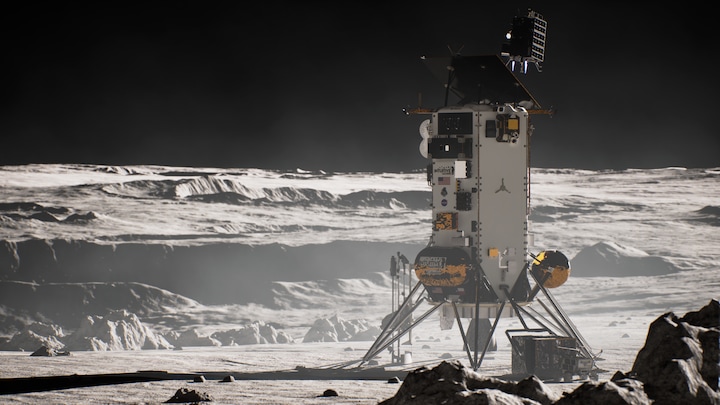
Artist rendering of the IM-2 mission, depicting Athena, the Intuitive Machines Nova-C lander, Grace, the Intuitive Machines Micro Nova Hopper, the Lunar Outpost Mobile Autonomous Prospecting Platform (MAPP) rover, and the integrated Nokia 4G/LTE network that will provide mission connectivity. Source: Intuitive Machines and Nokia Bell Labs
